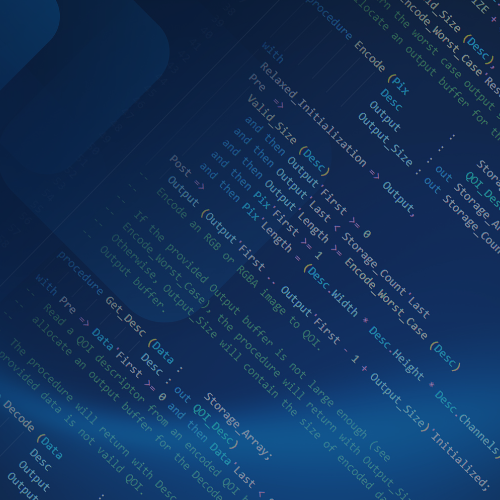
Gem #32: Safe and Secure Software : Chapter 1, Safe Syntax
Let's get started…
Syntax is often considered to be a rather boring mechanical detail. The argument being that it is what you say that matters but not so much how it is said. That of course is not true. Being clear and unambiguous are important aids to any communication in a civilized world.
Similarly, a computer program is a communication between the writer and the reader, whether the reader be that awkward thing: the compiler, another team member, a reviewer or other human soul. Indeed, most communication regarding a program is between two people. Clear and unambiguous syntax is a great help in aiding communication and, as we shall see, avoids a number of common errors.
An important aspect of good syntax design is that it is a worthwhile goal to try to ensure that typical simple typing errors cause the program to become illegal and thus fail to compile, rather than having an unintended meaning. Of course it is hard to prevent the accidental typing of X rather than Y or + rather than * but many structural risks can be prevented. Note incidentally that it is best to avoid short identifiers for just this reason. If we have a financial program about rates and times then using identifiers R and T is risky since we could easily type the wrong identifier by mistake (the letters are next to each other on the keyboard). But if the identifiers are Rate and Time then inadvertently typing Tate or Rime will be caught by the compiler. This applies to any language of course.
Read Chapter 1 in full
Note: All chapters of this booklet will, in time, be available on the Ada 2005 home page.
Ch.1 - Safe Syntax




